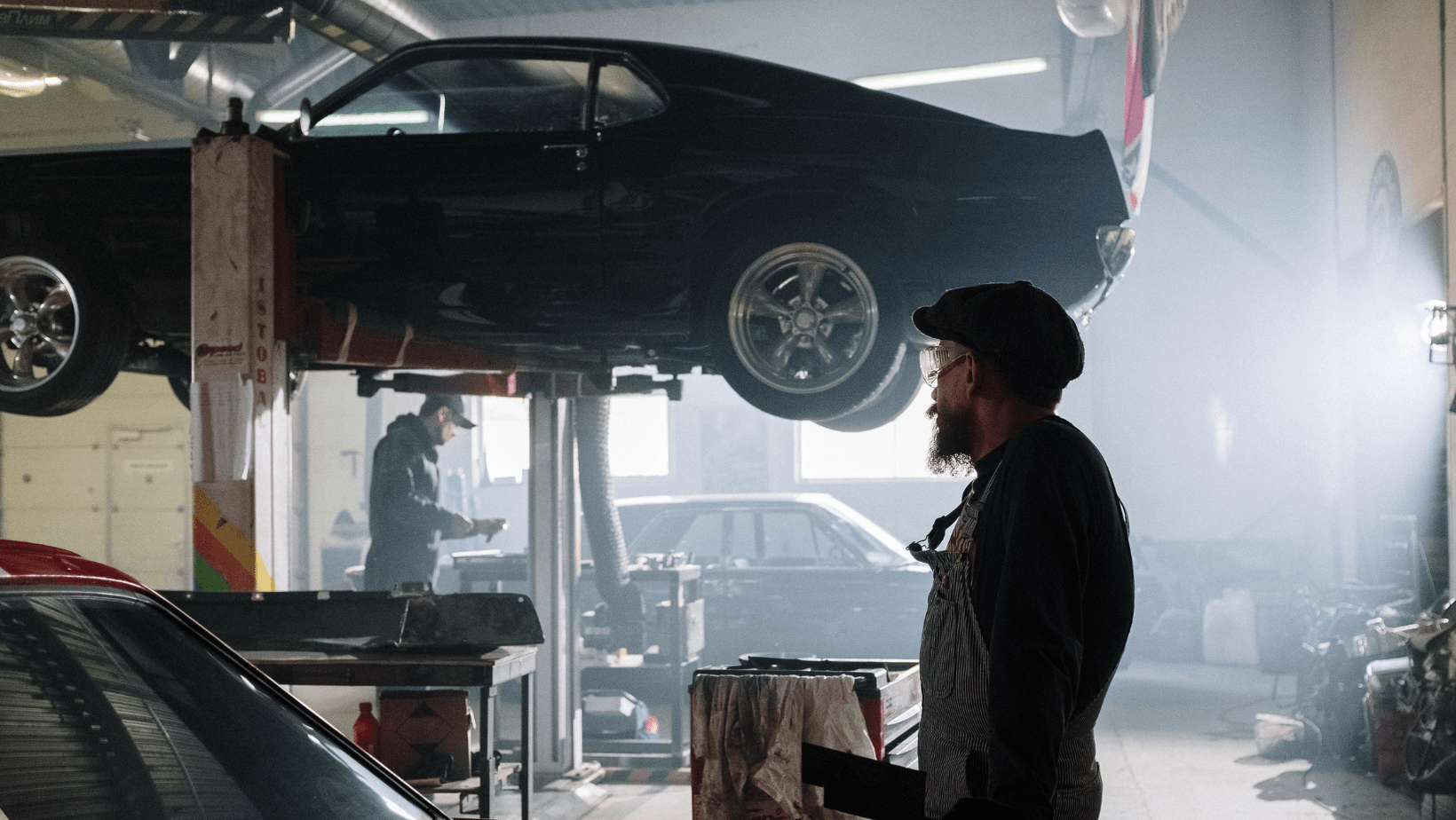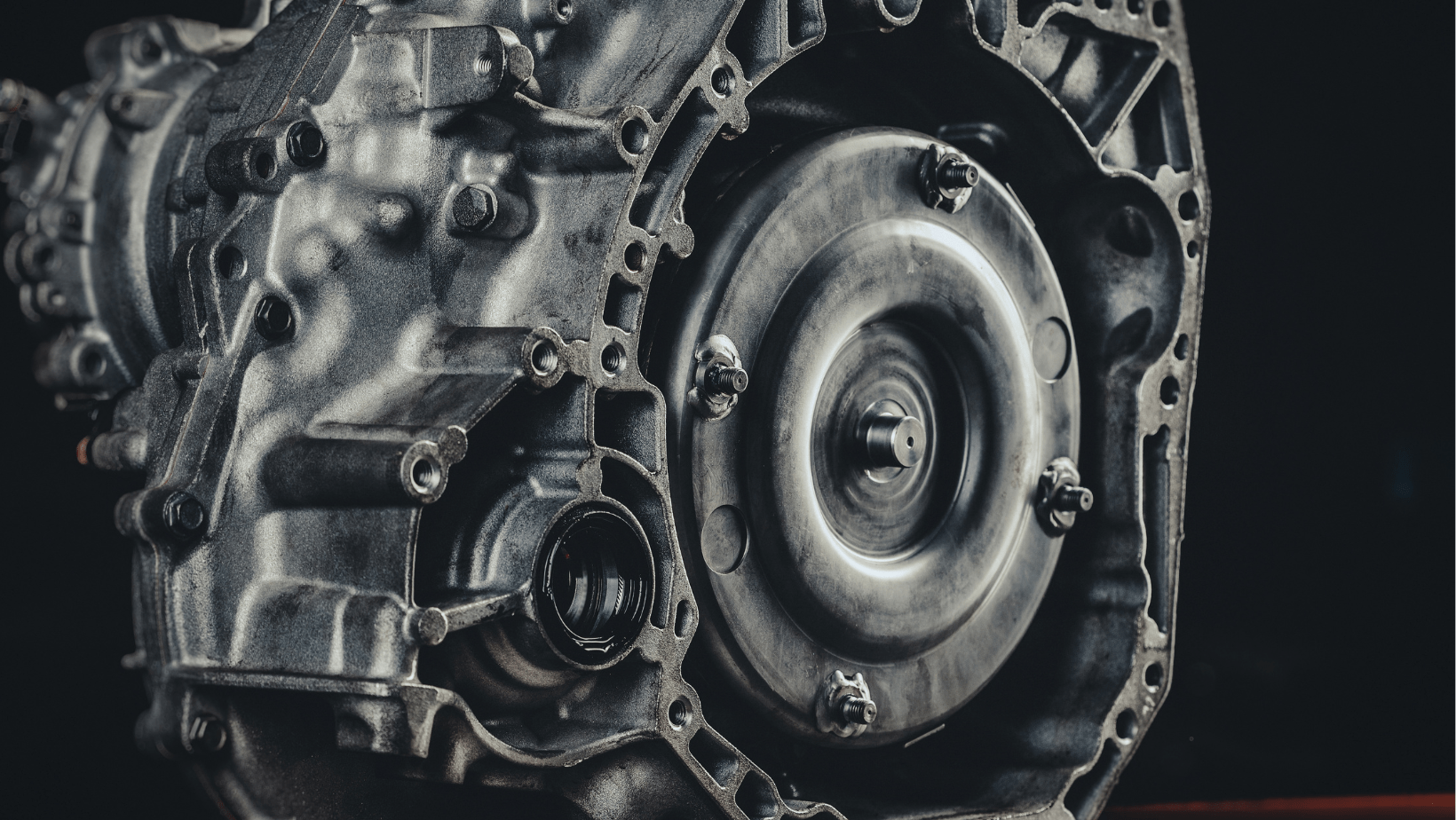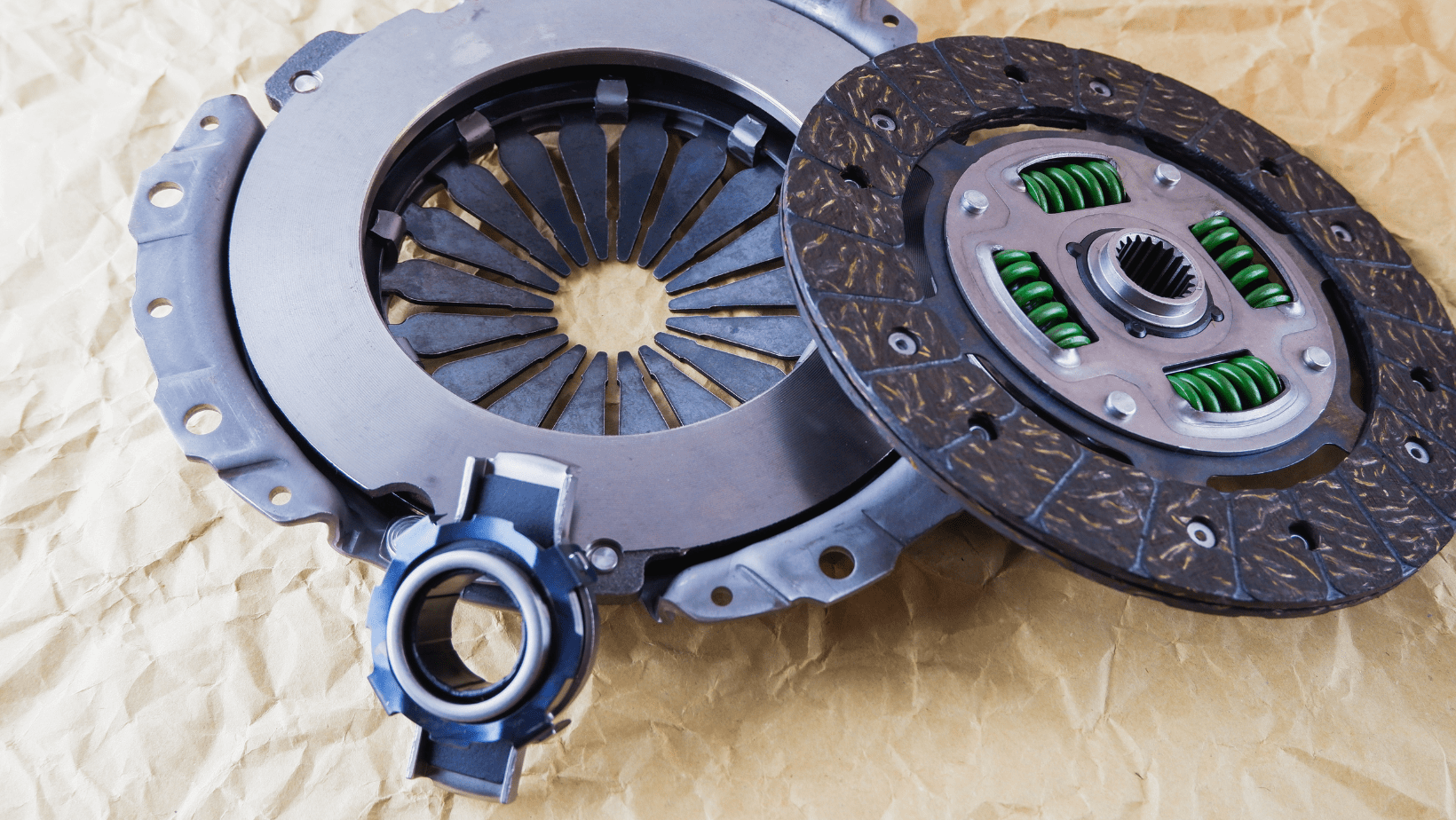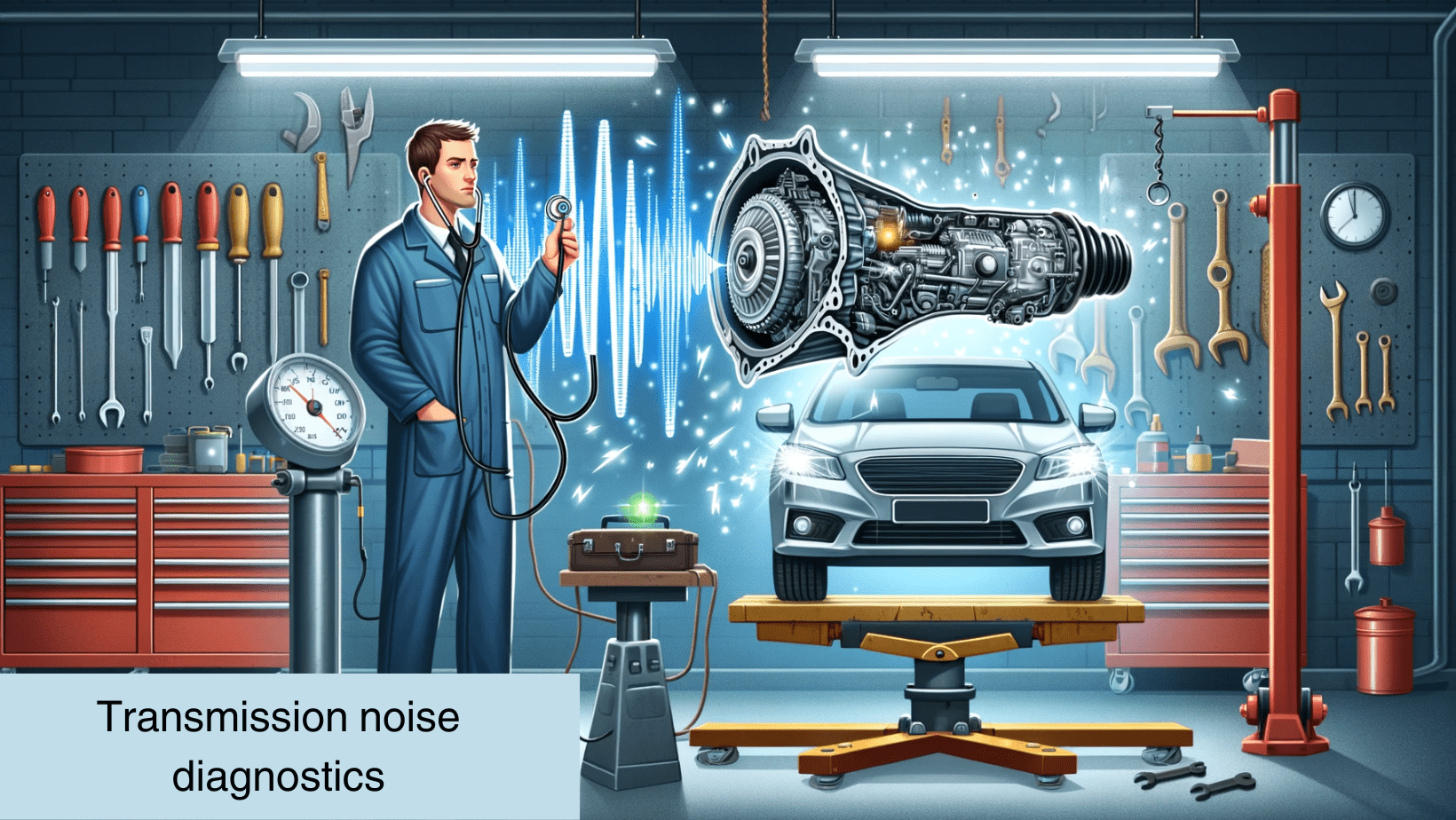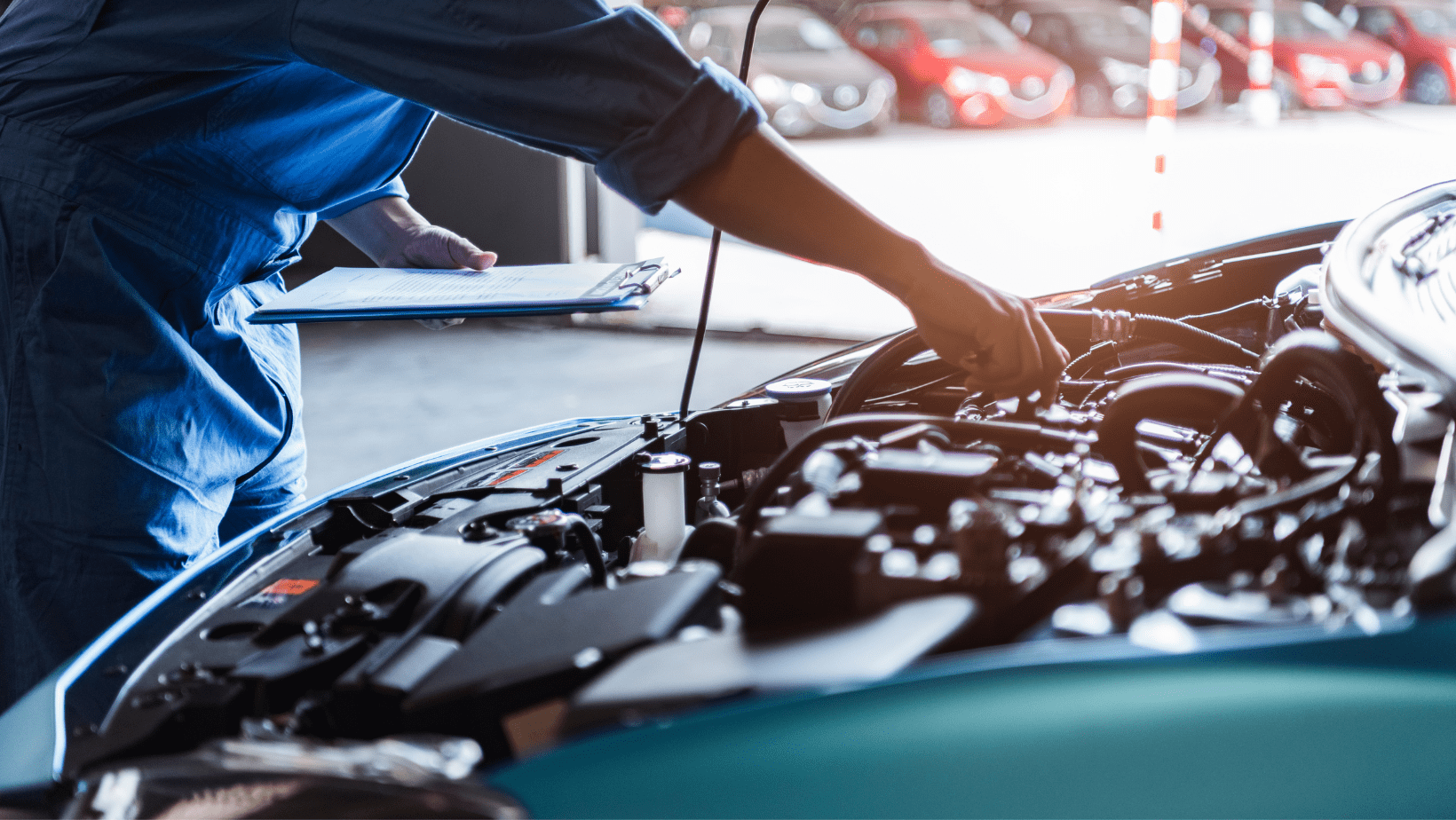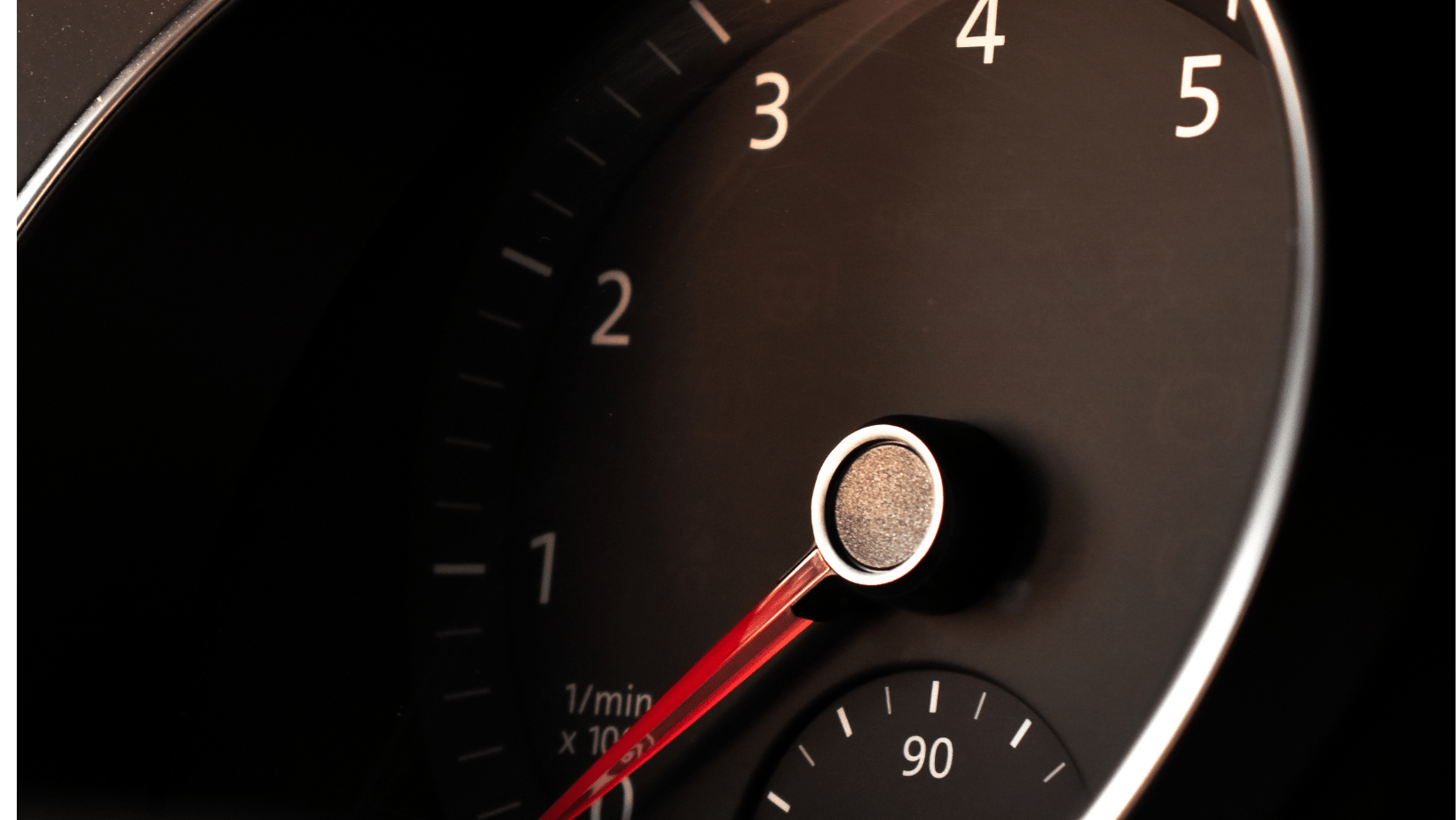Experiencing gear slipping in your vehicle can be both unnerving and unsafe. It’s essential to address this issue promptly to ensure your car remains reliable and roadworthy. In this article, we’ll dive into the causes of gear slipping and provide practical solutions to rectify this common automotive challenge.
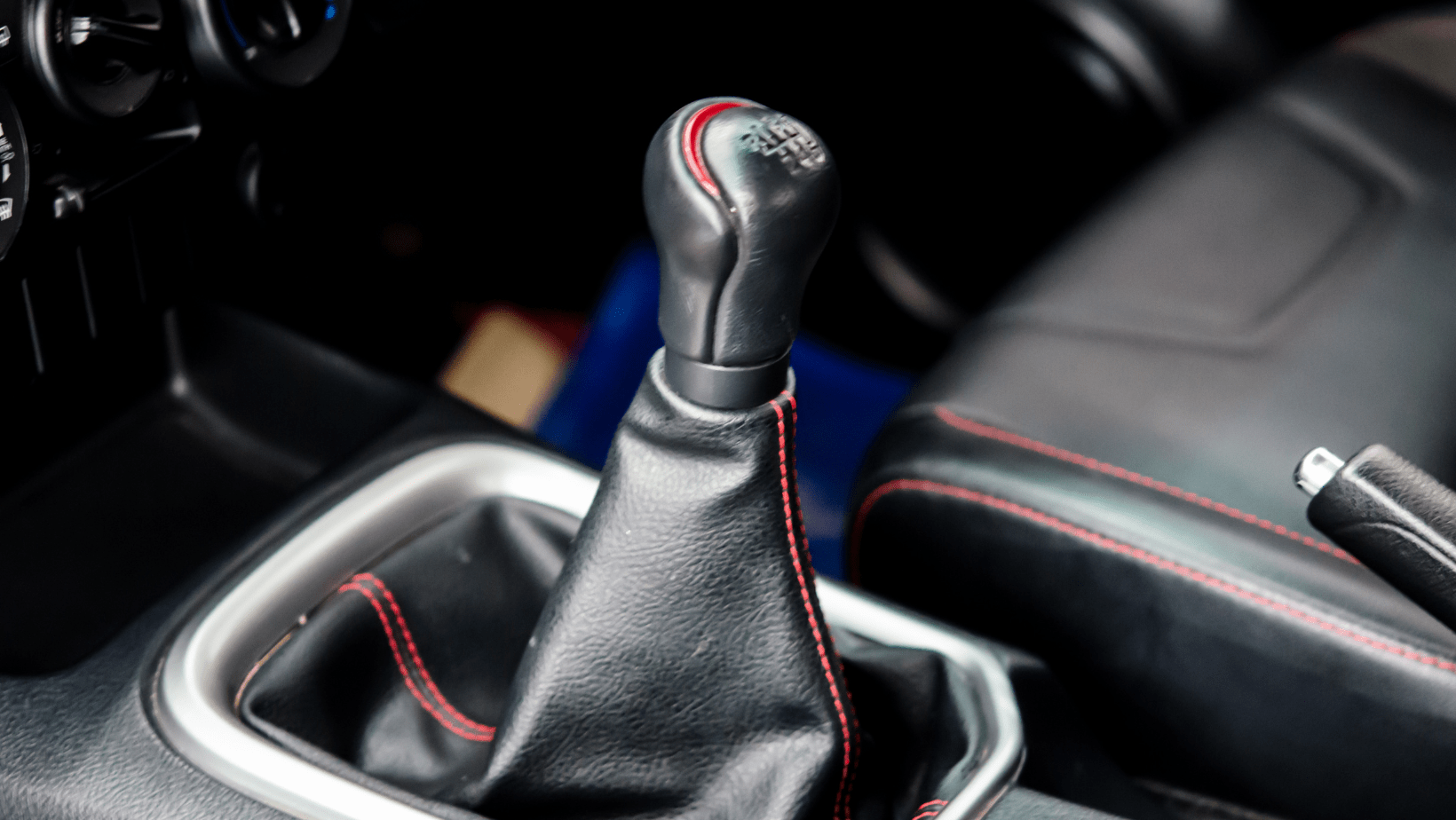
Introduction
Gear slipping occurs when your vehicle’s transmission fails to engage properly, causing a noticeable loss of power or a sudden surge. Understanding the reasons behind this can be crucial in navigating the automotive jungle of common car repairs.
Key Causes of Gear Slipping
- Low Transmission Fluid: Often the primary culprit, low fluid levels can lead to inadequate hydraulic pressure.
- Worn Clutch: In manual transmissions, a worn clutch can fail to engage gears correctly.
- Faulty Solenoids: Solenoids control the flow of fluid in automatic transmissions. Faulty ones can disrupt gear operation.
- Worn Gears: Over time, gears can become worn and unable to engage properly.
Solutions to Gear Slipping
- Check and Refill Transmission Fluid: Regularly check your transmission fluid levels and quality.
- Clutch Replacement: If the clutch is worn, consider replacing your clutch for smoother gear transitions.
- Repair or Replace Solenoids: Have a professional assess and replace faulty solenoids.
- Transmission Repair or Rebuild: In cases of severe wear or damage, consult experts about transmission repair or rebuilding.
Preventive Measures and Maintenance Tips
| Maintenance Task | Description | Frequency |
|---|---|---|
| Fluid Check | Regularly check transmission fluid levels and quality. | Every 5,000 miles |
| Regular Service | Have your transmission checked by a professional. | As per manufacturer’s guidelines |
| Clutch Inspection | For manual transmissions, ensure the clutch is in good condition. | Annually |
Taking these steps can significantly reduce the risk of gear slipping and extend the life of your transmission.
When to Choose Professional Help
Understanding when to tackle repairs yourself and when to seek professional help is crucial. Complex issues like transmission repair techniques for manual vs. automatic transmissions often require specialized skills and tools.
Insurance and Repairs
Sometimes, transmission issues might be covered under your vehicle’s warranty or insurance. It’s worth exploring car repair vs. insurance claims to understand your options.
Comprehensive Guide to Car Repairs and Maintenance
| Repair/Maintenance Topic | Description | Nashville Performance Resource |
|---|---|---|
| Brake Repairs | Understanding the intricacies of brake maintenance and repair. | Everything You Need to Know About Brake Repairs |
| Auto Repair Safety | Essential tips for ensuring safety while performing auto repairs. | Mastering Auto Repair Safety: Essential Tips |
| Common Car Repairs | Navigating through frequent car repair issues and their solutions. | Common Car Repairs: Your Comprehensive Guide |
| Repair vs. Insurance Claims | Deciding between handling repairs independently or filing an insurance claim. | Car Repair vs. Insurance Claims: A Guide to Making the Right Choice |
| Basic Transmission Repair | Exploring fundamental aspects of transmission maintenance and repair. | Understanding the Basics of Transmission Repair |
| Manual vs. Automatic Repair | Differences in repairing manual and automatic transmissions. | Transmission Repair Techniques: Manual vs. Automatic Repair |
| Clutch Replacement Tips | Insights into the process and tips for clutch replacement. | Clutch Replacement Tips |
Conclusion
Gear slipping is a sign that your vehicle needs attention. By understanding the causes and solutions, and engaging in regular maintenance, you can ensure your car remains safe and reliable. Remember, addressing issues early can save time and money in the long run.
